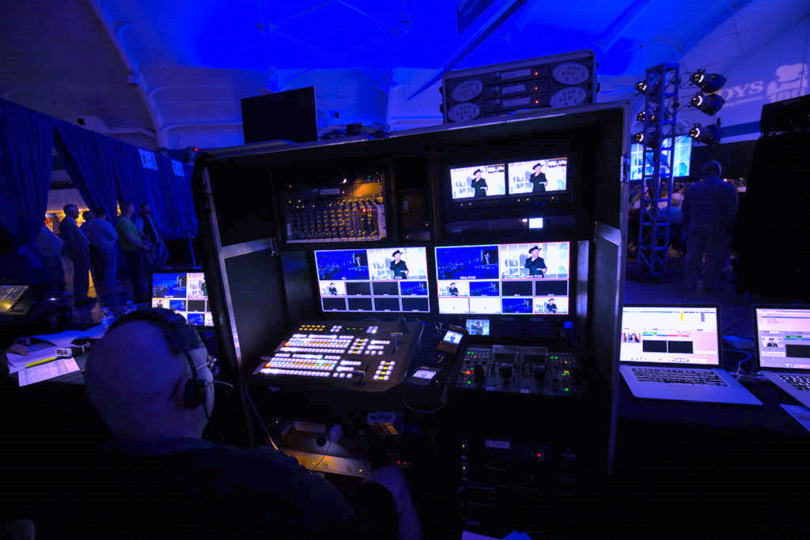Revolutionizing Audience Interaction Through Engaging VR Experiences within Live Productions
Revolutionizing Audience Interaction Through Engaging VR Experiences within Live Productions
Blog Article
In the past times, virtual VR has emerged as potent instrument for boosting viewer involvement in real-time performances. This technology allows viewers to submerge themselves in a three-dimensional environment, creating a distinct experience that traditional media cannot easily duplicate. Through using VR, producers can move viewers into the core of the performance, making them feel as if they are integral of the show. This groundbreaking method not just enchants viewers but also opens up new possibilities for narrative and engagement.
A of the primary benefits of using VR in live productions is the ability to create a more engaging encounter. Viewers can interact with the show in real-time, influencing the outcome or exploring different viewpoints. For example, in a stage production, viewers wearing VR headsets can choose to follow specific characters or scenes, allowing them to tailor their experience. This degree of interactivity fosters a deeper connection between the viewers and the show, making it more memorable and impactful.
Moreover, VR technology can improve the sight and sound aspects of a real-time production. With high-quality graphics and sound design, producers can build breathtaking settings that draw viewers in. This immersive characteristic can elevate the overall experience, making it more captivating and enjoyable. For instance, a concert can be transformed into a rich encounter, where audience members feel as if they are on in front with the artists. Such improvements not just attract bigger viewers but also promote return attendance, as viewers look to re-experience the excitement.
In addition enhancing viewer engagement, VR can also provide valuable insights for producers. By examining how audiences engage with the digital setting, producers can collect information on audience likes and actions. This data can guide future productions, helping to tailor content to better meet the needs and desires of the audience. As a consequence, VR not only enhances the present encounter but also adds to the development of real-time performances as a complete entity.
With the advancements progressing to evolve, the potential for VR in live performances is vast. From stage shows and concerts to sports competitions and celebrations, the opportunities are limitless. Through adopting this cutting-edge approach, producers can revolutionize the way audiences experience live performances. With an increasing number of creators investigate the integration firework safety guidelines of VR, it is likely that we will see a shift in how shows are crafted and presented, eventually leading to a more engaging and interactive prospect for real-time productions.